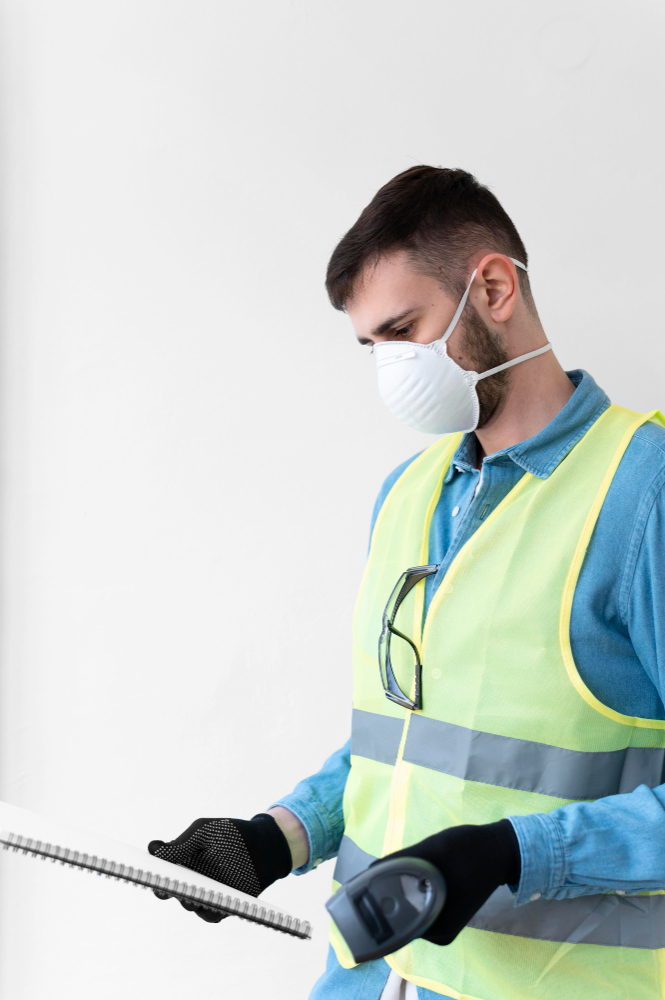In high-risk industries, safety is not just a regulatory requirement—it’s a moral and operational imperative. Whether it’s construction, manufacturing, mining, or chemical plants, the environment itself poses numerous threats to human health and life. In these dynamic and often hazardous settings, ensuring that workers are equipped with and correctly using Personal Protective Equipment (PPE) is a cornerstone of any effective safety strategy. As industries evolve and scale, PPE Detection technology has emerged as a powerful tool to uphold safety standards, reduce accidents, and promote a culture of compliance without the need for constant manual supervision.
Understanding PPE Detection Technology
PPE Detection involves the use of advanced computer vision and artificial intelligence to automatically monitor and confirm whether individuals are wearing the appropriate safety gear. The system typically works by analyzing live or recorded video footage from cameras installed across the worksite. Using AI models trained to recognize items such as helmets, safety vests, gloves, goggles, masks, and ear protection, it can quickly identify non-compliance in real time.
Unlike traditional methods where safety officers manually inspect each worker or rely on routine spot checks, automated PPE Detection offers a more efficient, scalable, and accurate solution. It operates around the clock and provides instant alerts whenever a violation occurs. This proactive system is not only faster but also reduces the margin for human error or oversight.
The Necessity in High-Risk Work Environments
In high-risk industries, even a small lapse in wearing PPE can result in serious injuries or fatalities. For instance, in construction sites, the absence of a helmet can turn a minor incident into a life-threatening one. In chemical plants, not wearing gloves or protective eyewear could lead to severe burns or exposure to hazardous substances. When employees are working at heights, dealing with heavy machinery, or handling dangerous materials, PPE is their first line of defense.
PPE Detection acts as an invisible safety officer that never blinks. It ensures that safety protocols are being followed not just as a matter of policy, but as a real-time, measurable practice. This is crucial because, in many cases, violations go unnoticed until after an incident occurs. With real-time alerts and automatic reporting, companies can intervene before an accident happens, thus shifting from a reactive to a proactive safety approach.
How It Works in Practice
A typical PPE Detection system is integrated into the existing surveillance infrastructure of a facility. Cameras are positioned in critical zones—entry points, assembly lines, restricted access areas, or hazardous zones. These cameras feed real-time video to a processing system that runs AI algorithms capable of identifying specific PPE items on individuals.
For example, when a worker enters a designated area without a hard hat or safety vest, the system can flag this instantly. It can send alerts to supervisors via email, SMS, or through an integrated dashboard. Some systems are even capable of triggering automated actions like denying access to restricted areas or logging compliance data for audit trails.
Beyond identifying violations, these systems also help track trends over time. Which areas have the most PPE violations? What time of day do they happen most frequently? Is there a particular team that needs more safety training? These insights can shape more effective safety programs and optimize resource allocation for training and supervision.
PPE Detection as a Compliance Tool
Regulatory compliance in high-risk industries is both stringent and essential. Organizations are required to maintain detailed records of safety practices, inspections, and violations. PPE Detection systems streamline this process by automatically recording data, generating compliance reports, and storing video evidence.
This not only saves time but also minimizes the risk of penalties during safety audits. More importantly, it demonstrates a company’s commitment to a strong safety culture—something that can significantly impact employee morale and corporate reputation. Automated records from PPE Detection systems also serve as valuable documentation in the unfortunate event of an incident, helping companies analyze root causes and respond appropriately.
Advantages Over Manual Supervision
Manual PPE checks, while important, have their limitations. Supervisors can only be in so many places at once, and fatigue or distraction can lead to missed violations. Moreover, workers may adjust their behavior only when they know they are being watched, reverting to unsafe practices when unsupervised.
In contrast, PPE Detection is impartial, consistent, and tireless. It monitors every second of footage, every corner of the site, and every individual on shift without bias or oversight. This makes it far more reliable for maintaining a continuous standard of safety across the board.
Conclusion
In high-risk industries where the margin for error is razor-thin, ensuring that every worker is properly equipped with PPE is non-negotiable. PPE Detection technology represents a major leap forward in industrial safety—combining automation, accuracy, and actionable insights to create safer workplaces. By integrating this intelligent solution into their operations, organizations can not only meet compliance standards but also demonstrate a genuine commitment to the well-being of their workforce. In doing so, they create environments where safety is not just enforced—it’s empowered.


